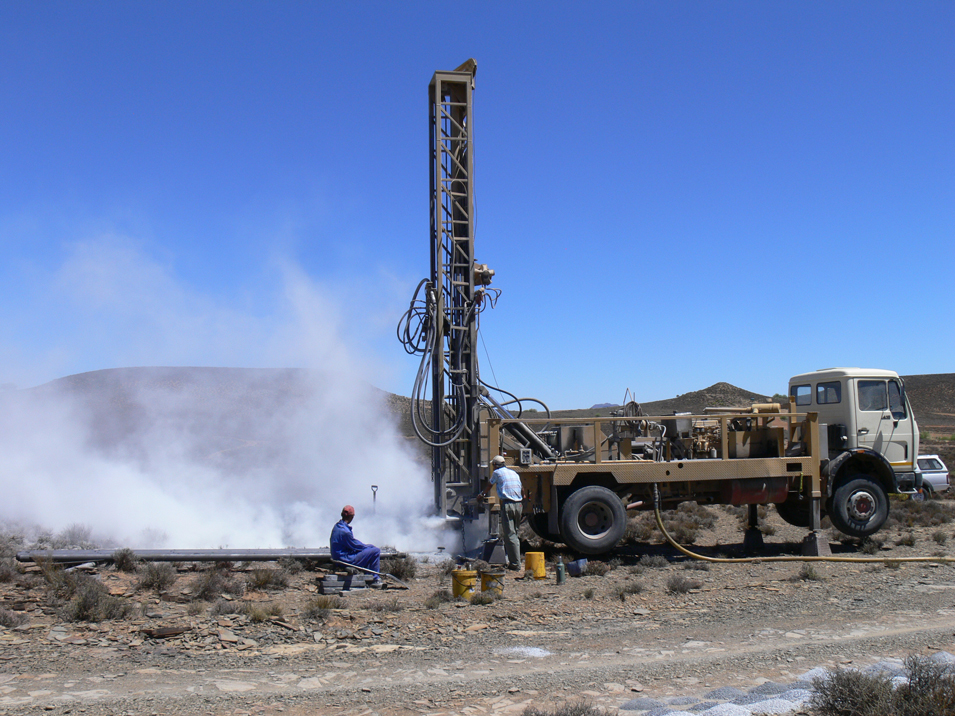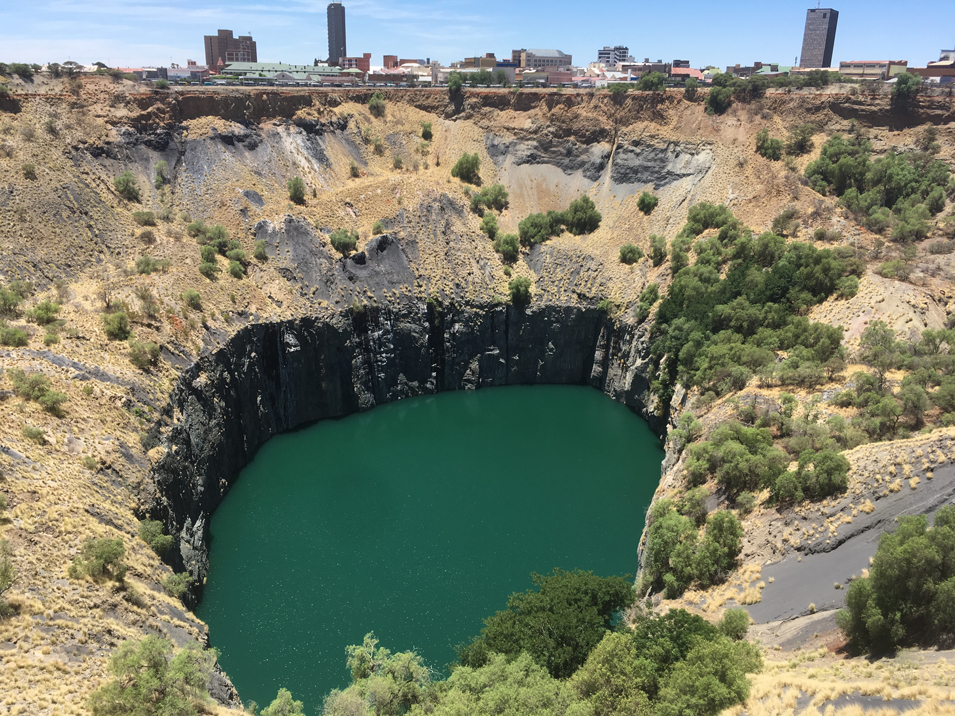Groundwater resources are valuable resources, especially in arid climates such as in South Africa where in a dry year they may receive no rain at all. Welcome to an interview with Surina Esterhuyse, who speaks to us about the special challenges facing water scarce countries and her particular experience in South Africa.
What is your name and your background?
My name is Surina Esterhuyse and I am a geohydrologist with experience in groundwater governance and policy development. My current research focus is on protecting groundwater resources during unconventional oil and gas extraction.
What are some of your recent concerns about the competition for water in places experiencing extreme droughts?
Drought is a serious concern for many water scarce countries and invariably leads to competition amongst users. Many water-scarce countries that experience drought have an intensified focus on producing potable water from groundwater resources. However, groundwater resources cannot be indiscriminately tapped, as over-exploitation of fossil water in confined aquifers could destroy such aquifers. Proper monitoring and management of groundwater extraction is required to maintain aquifer functionality, both in confined and unconfined aquifers. Population growth and climate change adds extra pressure on the security of water supply in water scarce countries. If one the adds additional water-hungry development enterprises (such as fracking for oil and gas) to the mix, competition over water resources becomes inevitable.
Please describe the water situation in South Africa.

Drilling for groundwater in the Karoo.
South Africa is extremely water scarce (it is one the 30 driest countries in the world). More than 98% of its available water supply has already been allocated and this has led to an intensified focus on producing potable water from groundwater resources. Based on the projected population growth for South Africa, it is possible that the country could run out of water by 2030. Climate change adds additional pressures in South Africa – it brings climatic variability (in terms variable rainfall) which makes the water supply systems that are not adapted to fluctuations in water availability especially vulnerable. An example of the effect of climate variability on water supply is the City of Cape Town (South Africa) that experienced 3 years of below average rainfall which together represents a 1 in 400 year event. The City also has very limited capacity to expand its surface water storage dams, which makes this a very vulnerable system, hence its increased focus on groundwater resources to augment water requirements.

However, South Africa’s water crisis is bigger than the Cape. The whole country is running out of water. In the Eastern Cape, Nelson Mandela Bay increased water restrictions and tariffs in May 2017, warning that dam levels had dropped below the critically low point of 40%. Severe water shortages prevail in almost all cities and small towns in South Africa.
South Africa has shale gas. Is there enough water available to be able to explore for and produce the gas?
According to a recent Strategic Environmental Assessment conducted for shale gas development in South Africa, there is currently not enough water to supply shale gas operations from terrestrial sources (surface water and groundwater). Oil and gas companies would therefore have to source water from elsewhere. This could for example be a combination of importing desalinated water and wastewater recycling.
South Africa has coalbed methane. Does coalbed methane require less water? Does it, like Wyoming, have a lot of low-salinity (almost fresh) produced water?
As is the case in most countries, coalbed methane requires less water than shale gas to produce the gas. Areas where coalbed methane is currently explored for in South Africa, does however produce large amounts of high salinity wastewater.
What is done with coalbed methane produced water? In Wyoming, it's used in surface impoundments.
Coalbed methane extraction in South Africa is not yet at full production capacity. A few operators are exploring for and testing production viability. Currently, there are no regulations to manage this wastewater, and this would have to be developed under the National Water Act. A strategy must also be developed to handle this wastewater responsibly and to prevent contamination of natural resources.
What are some recent technological developments in water conservation being implemented in South Africa?
Even though South Africa is water scarce, not enough has been done to date to conserve water. A few municipalities are implementing wastewater reuse systems, for example Beaufort West municipality. A limited number of towns have implemented artificial recharge schemes where groundwater is artificially stored underground for use during dry periods. Examples include Prince Albert, Williston and Calvinia in the Karoo, and Atlantis and Langebaan in the Western Cape. Large amounts of water are also lost through leakages, and the Department of Water Affairs is focusing is preventing such leaks that lead to large freshwater losses in the water supply systems of municipalities in South Africa.
What are your future plans?
I am currently doing research on the development of fracking regulations to protect groundwater resources, and I plan to publish the papers on this topic soon. My hope is that this research could aid the government in their development of regulations to protect natural resources during unconventional oil and gas extraction, and ultimately also contribute towards a policy for water resources protection during UOG extraction.
References